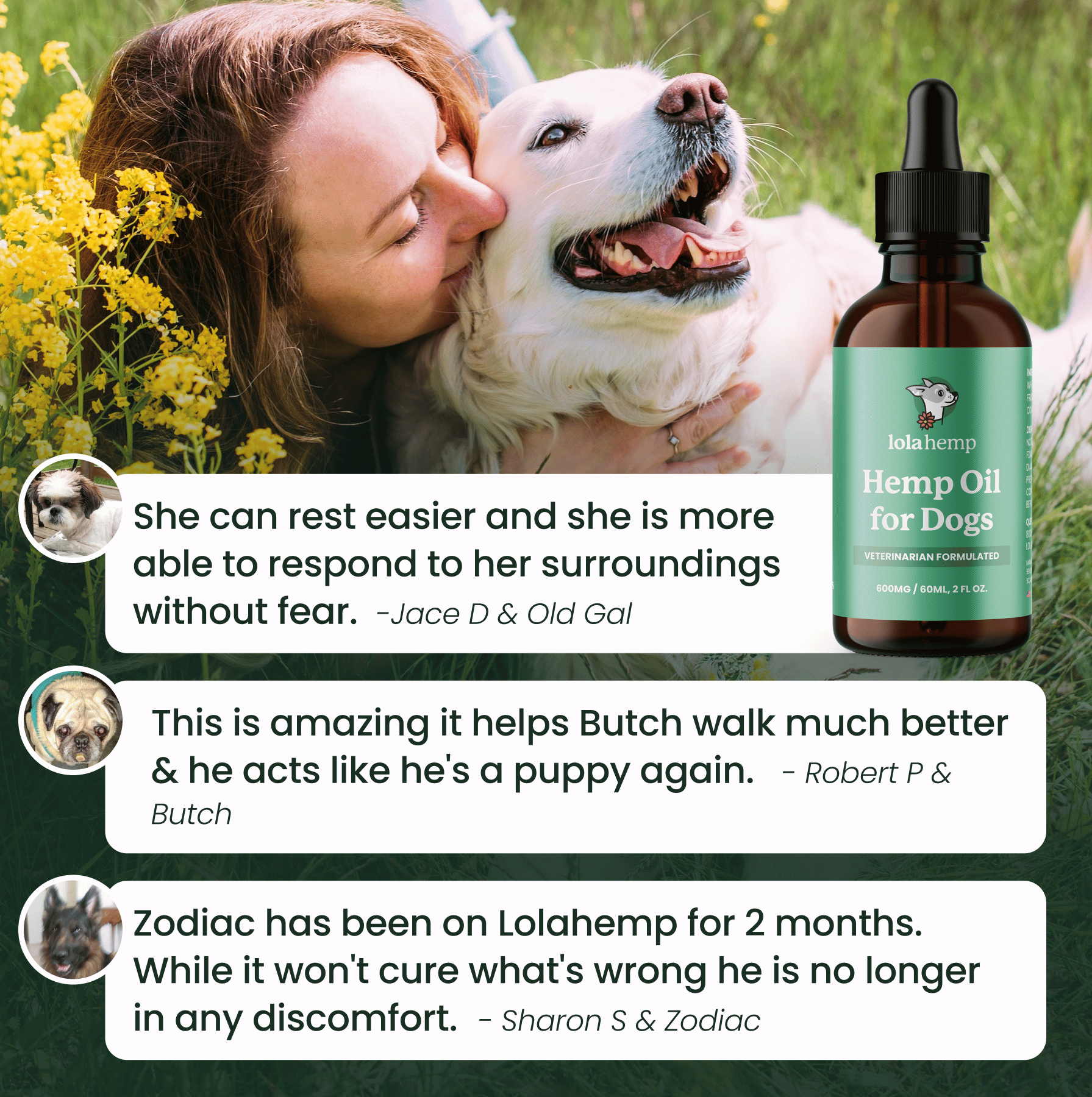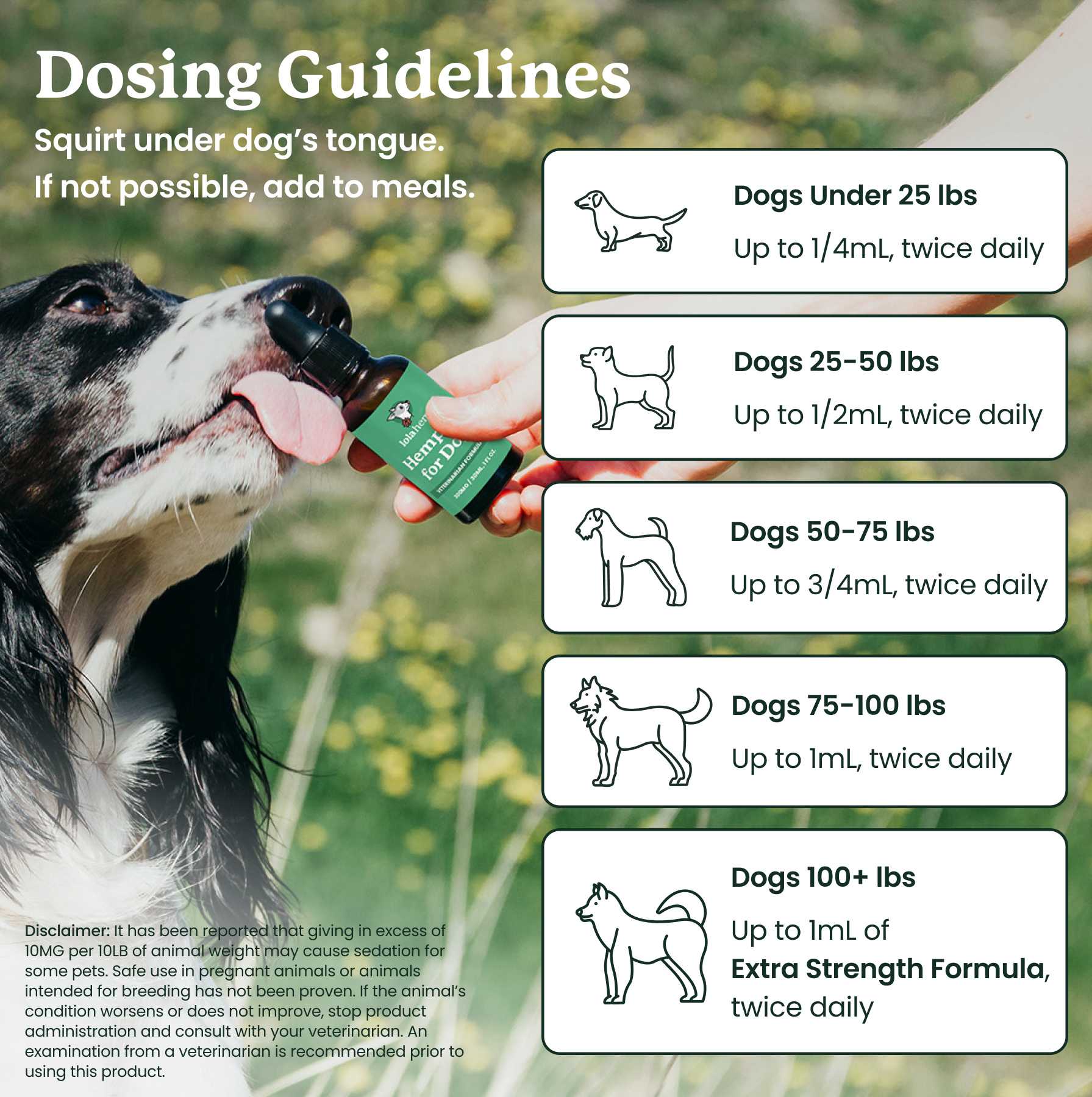The non-sporting group is sort of a catch-all for breeds that the AKC doesn't recognize as fitting into a single group, but still holds up as recognized breed.
Other dog breed groups are defined by a common job or behavior, but Non-Sporting Group dogs are united more by what they are not. They’re a mix of ancient breeds, modern companions, and specialized workers that didn’t fit neatly into the other categories.
This article will walk through the key traits, history, and characteristics of Non-Sporting Group dogs to help you understand them and the responsibilities that come with owning one.
What Are Non-Sporting Breed Dogs?
Non-Sporting dogs range widely in size, temperament, and appearance. Some were bred for guarding or utility work, others for companionship or beauty. This group includes both high-energy, purpose-driven breeds and calm indoor companions. Here’s a look at the types of dogs found in this group:
- Ancient Dogs: Breeds like the Chow Chow and Tibetan Terrier were originally developed for herding, guarding, or pulling carts, but over time became more domesticated companions. While these breeds would normally be considered in the Working Group, their primary role has shifted in recent centuries.
- Companions and Lap Dogs: Breeds like the Bichon Frise or Lhasa Apso were bred as indoor companions for nobility and monks, often prized for their appearance and temperament.
- Watchdogs and Protectors: The Dalmatian and Schipperke were used historically to guard property, boats, or carriages.
- Performance or Novelty Breeds: Bulldogs, Boston Terriers, and Poodles became beloved urban companions with strong personalities and unique appearances.

For example, the French Bulldog was developed in the 1800s as a compact, city-friendly companion dog. The Poodle, though often seen as a show dog today, was originally a water retriever and one of the most intelligent working dogs in Europe. Many breeds in this group retain traces of their original purpose, but most are now kept as household pets.
This is also true for most other dogs that fall into other breed categories, however. This makes it difficult to easily categorize some of the breeds that the AKC recognizes.
How Did Non-Sporting Dogs Come to Be?
Unlike the Sporting or Working Groups, the Non-Sporting Group was created as a catch-all category for dogs that didn’t quite fit elsewhere. Most of these breeds have long and specific histories, but they weren’t defined by a single job or skillset.
Several breeds originated in Asia and Europe as early as the 8th–15th centuries, bred for tasks like temple guarding, rodent control, or noble companionship. Over time, many of these dogs were miniaturized or refined to serve more ornamental or social roles.
The group was officially designated in the 20th century by kennel clubs, largely to provide a home for beloved but categorically ambiguous breeds. This includes breeds that were retired from functional work but continued as popular companions.
How to Understand Characteristics and Health Concerns for Non-Sporting Breeds
Because these breeds aren't grouped in the categories that their close relatives are, it can be hard to understand the health concerns or personal characteristics simply by their breed category.

If you own or are considering adopting a non-sporting group dog, look to do breed-specific research to understand their characteristics and health concerns. You can also look to the characteristics of their cousins that do fall into breed categories to have a better idea.
Notable Non-Sporting Group Breeds
- French Bulldog
- Boston Terrier
- Poodle (Standard and Miniature)
- Bulldog
- Bichon Frise
- Chow Chow
- Dalmatians
- Lhasa Apso
- Shiba Inu
- Tibetan Terrier
Final Thoughts
Non-Sporting Group dogs are among the most distinct and varied of all dog breed groups. They don't necessarily have anything in common, so each of them comes with its own set of characteristics. Additionally, each of the breeds in this group may come with unique responsibilities for owners.
Overall, though, non-sporting group dogs are excellent companion with a wide range of wonderful qualities.










